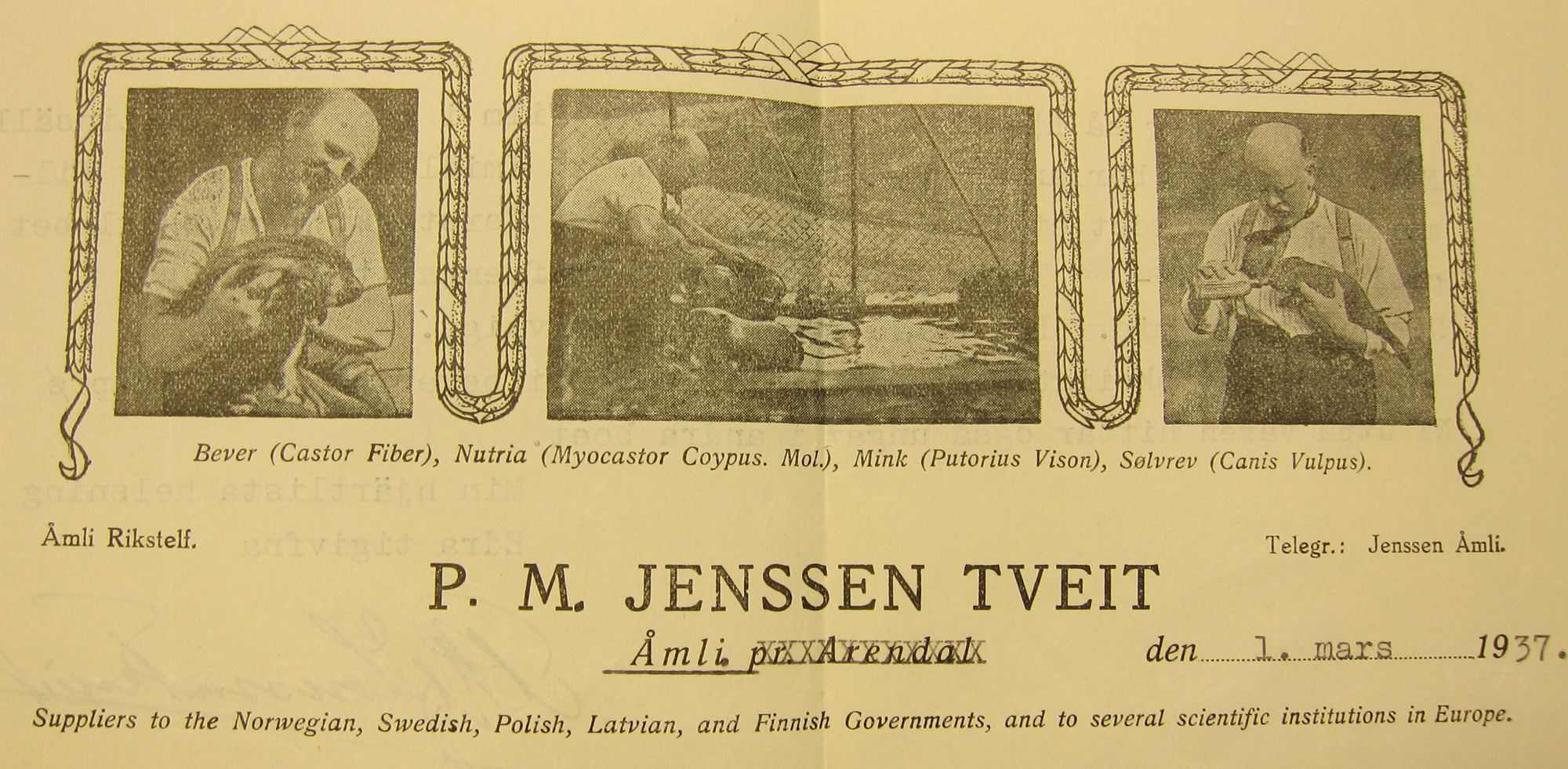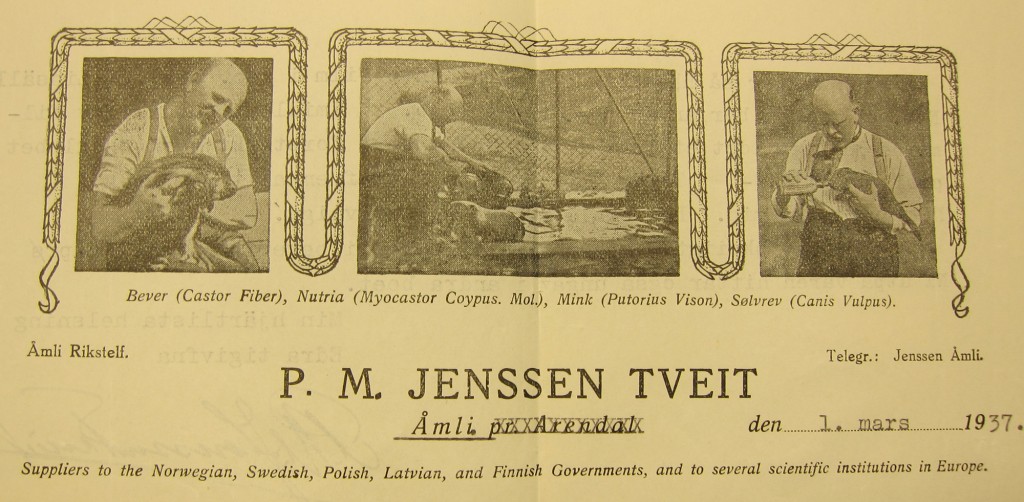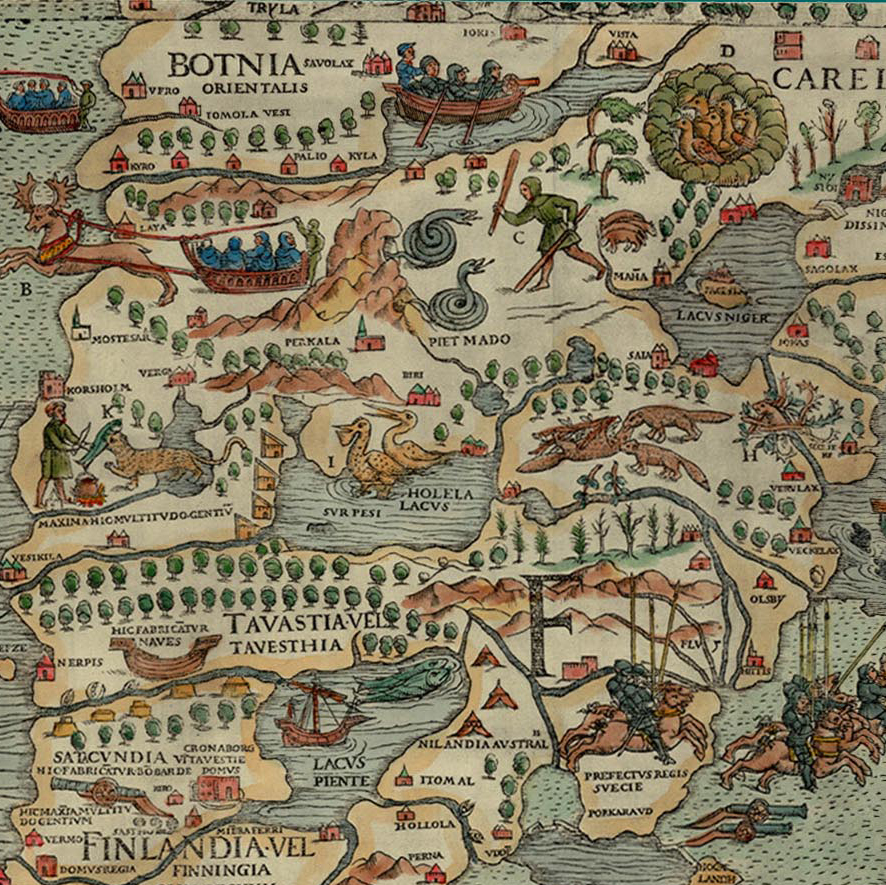
Majava and the language problem
In honor of an upcoming journey across the Gulf of Bothnia to Finland, I wanted to write up a little bit about beaver (=majava in Finnish) reintroduction in Finland. In 1935, 17 beavers from Norway were reintroduced there. But in 1937, 7 North American beavers were also let loose. Since then, the populations of both beavers have grown exponentially, with the North American winning much of the territory and outnumbering European beavers at somewhere around 10,000 to 2,000.
This is basically as much as I can get from the general beaver reintroduction literature and even the Finnish wikipedia page (via Google translate which does a pretty pathetic job on Finnish).
I do have a bit of the Finnish story from my favorite Norwegian, P. M. Jensen-Tveit. I know that he delivered a pair of living beavers to Dr. Rolf Palmgren, the Helsinki zoo curator, in July 1927. Unfortunately, the female died three weeks after the delivery and she was pregnant with four kits (which is probably why she died considering two is the standard litter). That same year, Sigvald Salvesen from Åmli also had license to kill beavers to send as specimens to the Natural History Museum in Helsinki and the museum has told me that they have 5 Norwegian beavers from around that time period in their collection. In an article about beaver reintroduction in Sweden and Norway from 1929, Erik Geete mentions the live beaver delivery of 1927 and says that Jensen-Tveit was looking forward to more beaver orders from Finland.

This did indeed happen. Jensen-Tveit said in a letter from January 1935 that he was going to be delivering two pairs of beavers soon, although he still needed to catch one more female, and they would be put into a large park enclosure. In a letter dated 13 September 1935, Jensen-Tveit said he had just come back from Finland where he took 10 pairs and he had an order for 4 more pairs to a private person in Finland. The 10 pairs (=20 beavers) must be the 17 beavers mentioned in the sources I’ve read (I wouldn’t be surprised if 3 died in transport). The extra 4 pairs are unaccounted for, although there is a line in the Finnish wikipedia entry saying there were 2 more beavers in 1936 (which has been marked with “source?”) that could potentially be these.
The write-ups on the Finnish reintroduction always insist that the Finns did not know there was a difference between the North American and European beavers when they reintroduced them. But I have to wonder where that is coming from since everyone I’ve read in the 1930s most certainly knew they were different. Sometimes they didn’t care, or they even thought that mixing the two “races” of beavers would create more hardy beavers (I found a great letter by a local Swedish character that I’ll have to discuss later along these lines). In any case, everybody I’ve read knew that they were not the same. I have to wonder if this is just modern scientists projecting ‘stupidity’ onto the past to explain away actions or if there is something in the sources that really shows that they did not recognise the difference.
So what’s the true story? The problem is that although the story exists, I can’t get at it because I don’t have the language skills needed. It appears that there is some more literature about the reintroduction – but it’s all in Finnish and I don’t know Finnish. So my research, which is basically limited to English, Swedish, Norwegian, and Danish, can only take me so far.
Language is one of the most significant obstacles of doing histories that cross borders and I think it is particularly acute in Europe history. That is why most historians stay within the confines of their own country – they can actually read the sources! I’ve often privately criticised Americans for only writing histories of America, but at the same time, I know that my own language training has been worse than subpar. In my schooling, only two years of one foreign language was required. That’s it. Two years of one other language. Europeans reading that probably have to lift their jaws off the floor. In college as an engineering major, I didn’t have to take foreign language at all. When I decided to go back and study history – and then had the brilliant idea to study medieval history – I had a huge number of language classes to take. When I decided to work on Scandinavian history as part of my PhD and afterward, I struggled with learning Scandinavian languages, but I’ve found it so rewarding to be able to reach out from the standard Anglophone histories and examine things that haven’t been written about in English before.
Yet the language limitation is still smack in my face: I don’t know Finnish, thus the Finnish beaver reintroduction is for the most part invisible. I can see traces of the majava and its return to Finland, but I can’t make out the whole thing.




2 Comments
Paul Ramsay
What a wonderful blog! I found it by accident while looking on the web for something about Erik Festin.
It is great to have more detail – who it was supplied the Swedes with beavers, etc.
Gerhard Schwab from Bavaria brought me some Biber Geil some years ago. I haven’t drunk much of it, but nobody has yet commented on the smell. Perhaps Biber Geil has too low a concentration of castoreum for it to be noticeable?
dolly
Thanks for the kind words, Paul. Festin plays a big role in my stories, so I’m glad you found it.
Maybe the German version doesn’t have as much as the BVR HJT, because its castoreum content was certainly noticeable (to everyone!).